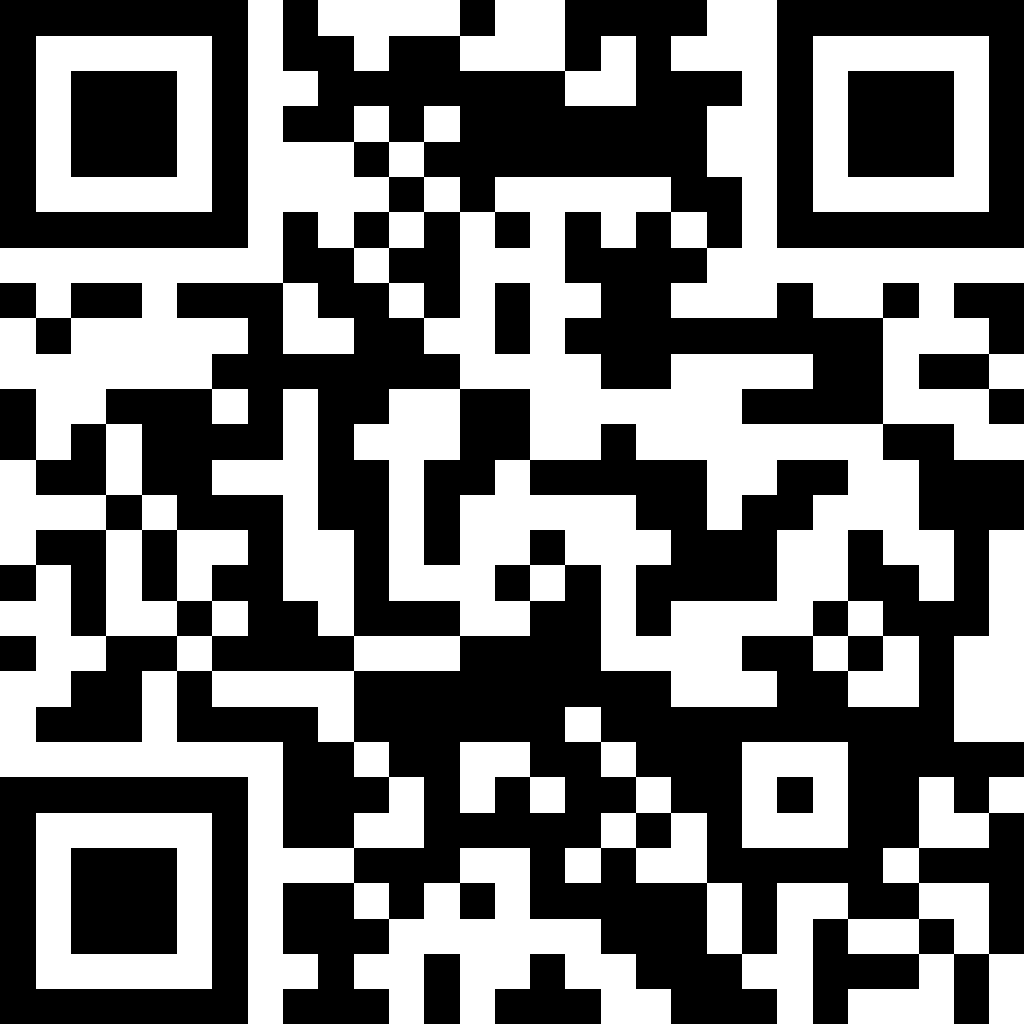Ask the Expert: Logo Design with Sean McGrath
By Index Staff

Nike, Apple, Target, McDonald’s. These companies have distinctive, memorable logos that say something about the brand they represent: athleticism, simplicity, value, convenience.
For advice about creating a great logo, we sat down with Sean McGrath, Vice President of Design at Pinger. Sean’s work includes design for Apple, Fitbit, Microsoft, Nissan, Restoration Hardware, Samsung, Target, Williams-Sonoma, and Whole Foods.
Sean has been recognized by the American Institute of Graphic Arts and featured in Communication Arts, Graphis, Graphic Design USA, HOW, Print, and other publications.
Q: What makes a great logo?
Sean McGrath: Simplicity, memorability, and authenticity. A logo should be easy to parse, easy to remember, and feel true to who the businesses—and their owners—are.
I like to think of logos as the equivalent of someone’s face. They should convey enough to be unique and recognizable in a crowd, but they don’t have to say everything there is to say about the company.
A logo works best when it’s part of a cohesive, broader brand identity. There are many ways to communicate your business and what it stands for; your logo is just one part. Understanding that takes the pressure off trying to make the logo do or say too many things.
Q: What are some of your favorite logos?
Sean McGrath: For me, it’s often hard to divorce a successful logo from successful branding. Take Target for instance. The logo itself is simple, straightforward, and concise—all the hallmarks of a good logo. But it has also come to symbolize the fun, chic, design-savvy practicality we associate with Target, thanks to its clever and ever-consistent branding.
It’s worth noting that logos don’t always have to be or include symbols. The Ray-Ban logo, for instance, is a wordmark: a purely typographic treatment of the name. The unique, hand-drawn script used for the logo is an authentic reflection of the company’s history. Plus, the style is timeless and will always remain in fashion.
Q: What information should you gather before contacting a designer?
Sean McGrath: Before starting work, pull together information the designer will need to create a successful logo, including:
1. Business overview: An overview of you, your company, and your products or services, including a:
- Description of your customers or prospective customers
- List of your competitors
- Summary of what makes your business different: What sets you apart from your competitors?
2. Visual image: A statement on what you want to convey about yourself or your company. How do you want to be perceived? What will the logo symbolize?
3. Logo applications: A list of all the applications for the logo. Think about all the places where it will be used. This will help you avoid unexpected limitations, such as having a logo that won’t work on social media.
4. Logo examples: Find examples of logos that accomplish the same things you want to achieve.
5. Also consider:
- Do you need the logo to work in one color? (I recommend that it should.)
- What sizes will you need?
- What file types will you need?
Q: What questions should you ask a designer before the work starts?
Sean McGrath: Here are my top three questions:
- What does the designer believe makes a successful logo? Make sure it aligns with your definition.
- Can the designer provide examples of previous logos they’ve developed?
- How much will the design cost? Agree on a budget upfront and make sure there is room to incorporate feedback and revisions.
Q: Small businesses often run on tight budgets. How can a company create a professional-looking logo that’s also affordable?
Sean McGrath: Good design doesn’t have to be expensive, and neither does hiring an experienced designer. Start by asking for recommendations from people who have logos you like.
Consider local design schools. There may be a young designer or design student in your community who would love the opportunity to build a portfolio that includes work for a real business. Students may also understand your market better than someone on the internet.
Online resources can be good options as well. Just make sure you only pay for the artwork you use.
If you are looking for resources to create your logo, you may be interested in reading Logo Design Resources. And, for more tips about running and growing your small business, visit Index by Pinger.
Recommended Reading
Streamline customer interactions with Index
The Index app was built specifically for small businesses, with tools to help you communicate faster and more easily with your customers. Try Index today!





